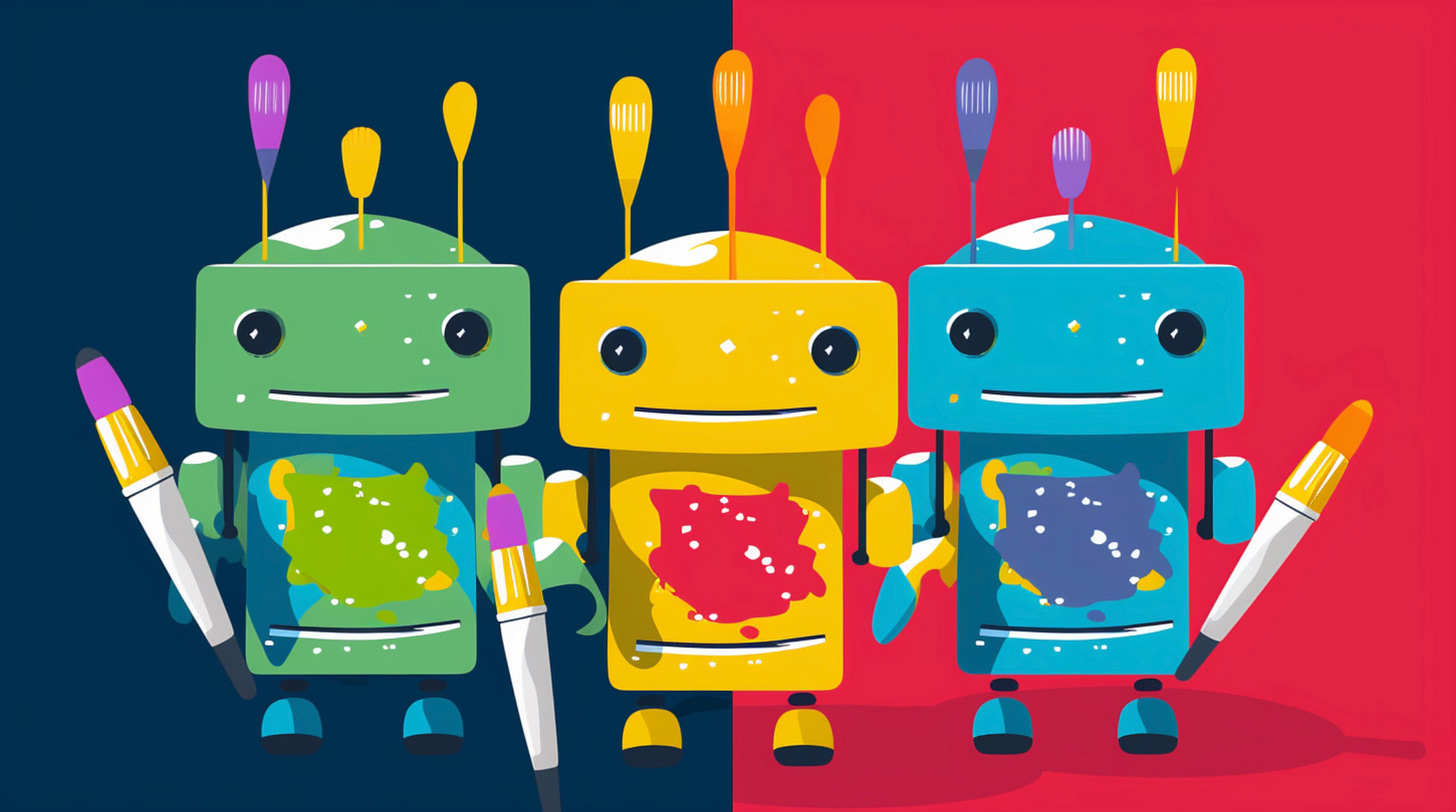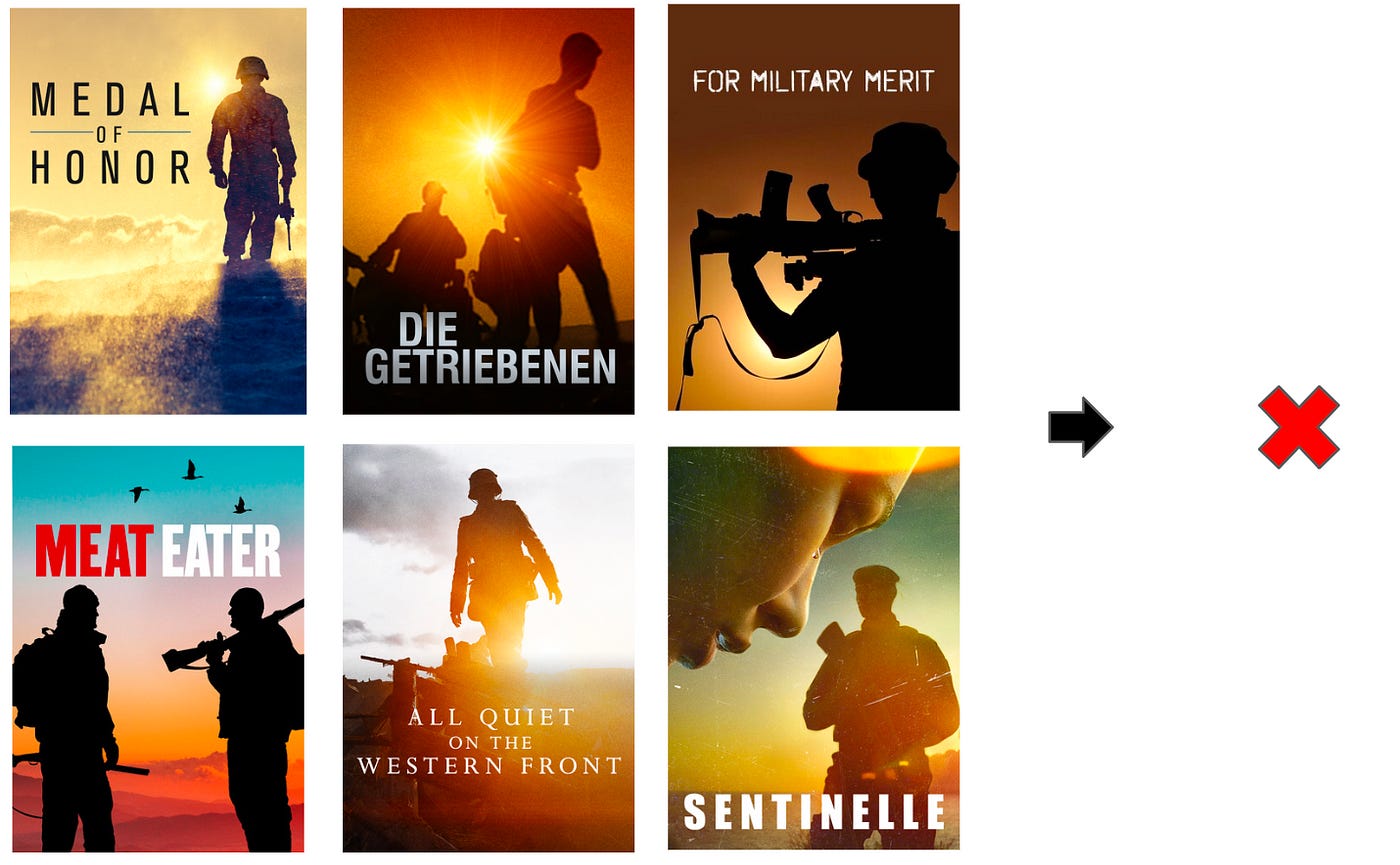Robot Rembrandts: Generative AI Expands the Marketing Creative World
Democratizing access to creation
According to Adobe, one in eight people globally is a potential “creative pro” or “communicator.” How can that happen when so much creative software is so hard to use?
Despite decades of innovation, creatives still spend huge time on rote tasks like fixing animations or resizing images. This gates access and guarantees high costs in creative creation. This is no secret: market incumbents like Adobe, Autodesk, Canva, and Figma have worked on automation features for years, but the arrival of functional generative AI is a watershed moment.
There’s much to figure out about AI transparency, training data ownership and attribution, and more, but generative AI looks to be an inflection point, offering the huge potential to further democratize creative creation for non-experts, enable more advanced creation on mobile devices, and further strengthen marketing message back to business results.
Here are four exciting areas:
1. Identifying what works at scale
Marketing creative exists to drive action: change attitudes, generate consideration, or purchase. It's why we do this – but identifying whether a message 'works' is usually a pretty manual process. Do human faces generate more signups? What colors? Do “selfie videos”, shot informally on a mobile phone, do better than highly-produced content? Is that according to click-through-rate, conversions, purchases, or just vibes?
Taking a look at what worked once is easy; ongoing insights are difficult. For the analysis above, a large and sophisticated company like Netflix can deploy machine learning. For the selfie video analysis below, a team of volunteers manually watched each video and tagged them in a one-off analysis. Large models could really open up the identification of elements within images or videos and joining them to marketing performance data.
If this analysis is easy, automated, and connected to creation, it's huge. (“Our ads do better when we have two human faces and one red car, create 3 new versions of that…”). The major ad platforms are particularly well-positioned to leverage this future wave, and have worked on building blocks for years.
What's deployed today: Dynamic reassembly of visual components. Google's Smart Creative uses user-uploaded photos and taglines to create different ad formats. Meta's Advantage+ adds creative features like music, brightness adjustments, and contrast enhancements, or automatic ad creation based on eCommerce catalogs.
In the future: these platforms may use vast data streams to generate even more dynamic ads, using the feedback of their billions of users in how they click, view, or move on for specific elements.
2. Easier video creation
Videos do better, but making them is hard. Casual selfie videos are one thing, but when it comes to complex edits, better video quality, color, and sound, the complexity of creation skyrockets.
AI can greatly accelerate the rote tasks involved. Runway is catching Twitter notice for text-to-video generation tools, but I’m more excited by the narrowly-scoped AI tools they’re making available, accelerating processes like:
Rotoscoping: The process of cutting out the background image from a foreground object, like removing the green from the “green screen” — when hair and fine edges are involved, it takes forever, and AI can make quick work of it.
Slow-mos in post: Shooting in slow motion is simple, but recreating the effect in post-production without the initial footage is virtually impossible without AI assistance.
3. Casual co-pilot apps can democratize creation
Making an expert 30% faster at their job is fantastic, but there are billions, by Adobe’s count, of people out there who want to visually communicate. Enabling the masses here will be transformative. Prompt-to-image tech like Stable Diffusion, DALL-E, and Midjourney are doing is a great first step, but many steps remain to productionize the flow. Part of enabling this mass audience will likely also be native experiences on iOS and Android, as many people don’t have powerful desktops or the training to use complex incumbent apps. Some highlights in this area:
Typeface: Raising $65m out of the gate and founded by the former CTO of Adobe, Typeface focuses on prompt-generation tools integrating with corporate assets, tone and color guides, etc.
Photo Room: focused on background removal and similar tasks, Photo Room distributes itself via mobile and API. The mobile app lets people do complex work with only their phones, and the API enables large scale automation of this work.
Adobe Firefly: integrated directly into multiple Adobe apps is a huge win, as is establishing proactive criteria for responsible AI like training data ownership and tagging of AI-generated images.
Canva: The original democratizer, reported to be nearing $1b in revenue, and is adding AI background removal tools, text-to-image generation, and more.
Expert Co-Pilots
Tools like Alpaca look to enable artists who already know what they’re doing to really speed up art creation. Keeping the human-in-the-loop is key: a large model’s artistic wonder matched up with Photoshop’s 36 years of mature image-creation tooling packs quite the punch.
Classically, humans capture the vast majority of the value: software costs are relatively low. As an illustration, design agencies typically charge based on the cost of their staff time. The tools employed by those staff, like the full Creative Cloud suite is only $85/month/user, and Canva starts at $10/month/user. Building a simple pricing model, a 30-50% productivity boost for artists could result in a $200-300/month/seat app, a 3x increase on what Creative Cloud charges. Creative Cloud is a $11.5 billion business.

For startups though, given the exacting control required over the assets, it’s easier to see the incumbents winning here. When your manager tells you to move the button 10 pixels to the right, the Photoshop Move Tool might be the easiest way to do that.
4. The AI Asset Logistician
Large advertisers operating across multiple international markets, platforms, and catalogs face challenges across:
Translation into other languages on images and videos
Resizing assets into platform-native specs like aspect ratio, pixel sizes, etc.
Managing A/B test variations
Managing large product catalogs
Meta’s Advantage+ shopping campaigns is a recent step forward in this area — testing up to 150 combinations of creative at a time to increase effectiveness. Photo Room’s background removal API, mentioned above, is an example of a startup point solution that could save a huge amount of time.
This work is quite valuable but given the much smaller market, seems to be one of the smaller opportunities for new tooling.






